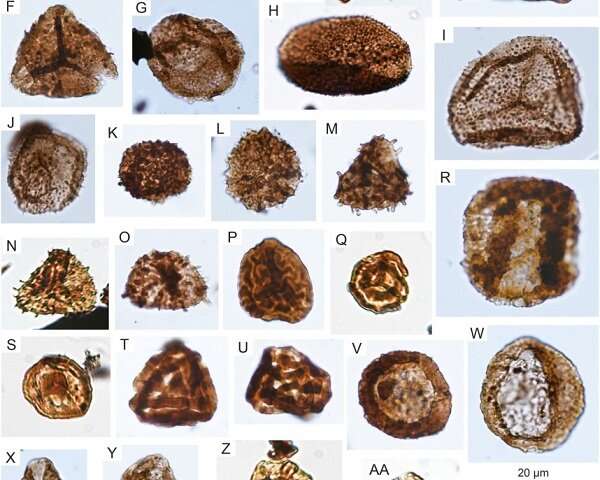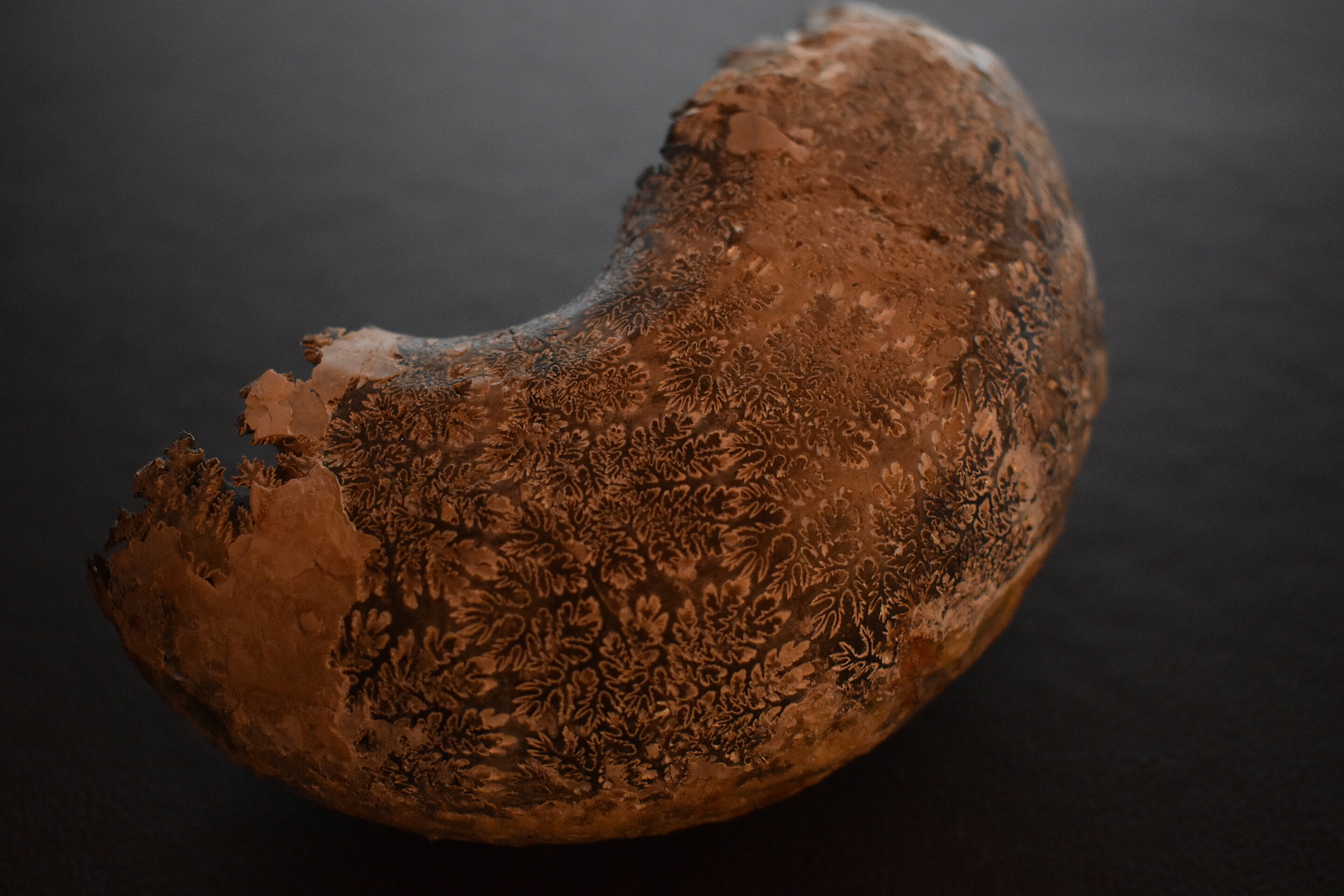#Study reveals palaeovegetation and palaeoclimate changes across Triassic-Jurassic transition in south China
“#Study reveals palaeovegetation and palaeoclimate changes across Triassic-Jurassic transition in south China”

The Triassic-Jurassic (T-J) transition interval (ca. 200 Ma) is characterized by a major mass extinction in which major biotic turnover occurred in both marine and terrestrial realms. However, studies on the terrestrial response to this event are still limited, especially in the eastern Tethys region of eastern Asia.
In the northeastern Sichuan Basin of South China, the Upper Triassic and the Lower Jurassic successions are well exposed and continuously developed, yielding diverse fossil plant remains, and providing important material for exploring the continental ecosystem conditions across the T-J transition in the eastern Tethys.
In recent decades, a research team led by Prof. Wang Yongdong from the Nanjing Institute of Geology and Paleontology of the Chinese Academy of Science (NIGPAS) has conducted a series of investigations in this region.
Recently, Dr. Li Liqin, Prof. Wang Yongdong from NIGPAS and their collaborators reported palaeovegetation and palaeoclimate changes across the Triassic-Jurassic transition in the Sichuan Basin, China. The study was published in Palaeogeography, Palaeoclimatology, Palaeoecology on July 5.
The researchers conducted a detailed palynological study from the Qilixia section in Xuanhan County of the Sichuan Basin, China, spanning the Upper Triassic to the Lower Jurassic.
Through the combination of principal components analysis (PCA) and the sporomorph EcoGroup (SEG) model, they identified five palynological assemblages, revealing significant ecosystem fluctuations across the Triassic-Jurassic transition.
Palynological analysis indicated a lowland fern flora and a warm and humid climate in the Late Triassic (Norian to Rhaetian), which was interrupted by a cooler interval at the Norian-Rhaetian transition, and followed by a mixed mid-storey forest under cooler and drier conditions in the latest Rhaetian.
This was followed by fern-dominated lowland vegetation and a warmer and drier climate during the Triassic-Jurassic transition, and a flora with abundant cheirolepid conifers in the Hettangian-Sinemurian.
Most interestingly, the significantly dominant fern vegetation at the Triassic-Jurassic transition interval is similar to the changes reported from geographically widespread sites. The short cooling at the end Triassic and preceding a period of warmer conditions at the Early Jurassic is comparable with records from the western Tethyan realm. It likely reflects (global) vegetation turnover and climatic fluctuations at this time.
This global response in vegetation and climate may suggest that the Central Atlantic Magmatic Province (CAMP) emplacement, with a significant influx of SO2 and sulfate aerosols into atmosphere, caused an initial cooling at the latest Triassic. It was later outpaced by global warming from elevated CO2 release in the Triassic-Jurassic transition interval.
This study provides important evidence for terrestrial ecosystem response to the Triassic-Jurassic event from the eastern Tethys area.
More information:
Liqin Li et al. Palaeovegetation and palaeoclimate changes across the Triassic–Jurassic transition in the Sichuan Basin, China, Palaeogeography, Palaeoclimatology, Palaeoecology (2020). DOI: 10.1016/j.palaeo.2020.109891
Study reveals palaeovegetation and palaeoclimate changes across Triassic-Jurassic transition in south China (2020, July 30)
retrieved 30 July 2020
from https://phys.org/news/2020-07-reveals-palaeovegetation-palaeoclimate-triassic-jurassic-transition.html
This document is subject to copyright. Apart from any fair dealing for the purpose of private study or research, no
part may be reproduced without the written permission. The content is provided for information purposes only.
If you want to read more Like this articles, you can visit our Science category.
if you want to watch Movies or Tv Shows go to Dizi.BuradaBiliyorum.Com for forums sites go to Forum.BuradaBiliyorum.Com

